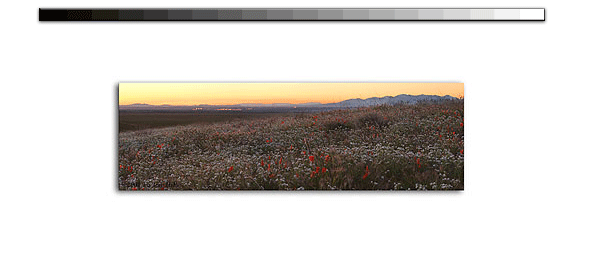Unless youve taken to scuba diving and lots of time in the water, seeing large marine mammals is kind of a rarity. Being the land locked guy that I am, seeing them in the wild is especially uncommon. Large seals spend most of their lives in the water, feeding, swimming, cavorting, what have you& So, when they do come ashore, theyve picked selective locations without caring about human accessibility. In fact, they may pick sites because of human in-accessibility. Thousands of elephant seals were hunted to near extinction for their blubber in the late 1800s and early 1900s. While formally wide ranging, theyd been eliminated from almost all locations along the California coastline. Where they were previously extremely pre-dominate, theyd been eliminated. So, when a colony develops and it has some accessibility for humans, its a major event. The colony at Piedras Blanca is just such a location.
The elephant seals began coming in large numbers to this beach in the early 1990s. Previously, sightings were extremely rare here. In fact, the only human/mainland accessible location for viewing elephant seals before Piedras Blancas was located further north near San Francisco in Santa Cruz. Accessibility to that rookery was severely restricted because of its uniqueness by the federal government. The amazing part of elephant seals choosing Piedras Blanca as a rookery was the beach was located literally within tripping distance of the California Pacific Coast Highway (PCH)one of the most famous and semi byways in the world. Please read that when I say scenic in California, that usually means extremely crowed. The beach they chose butted right next to the foundation of this road that supported thousands of passing vehicles daily. Viewing seals on this beach was simply a matter of slowing down on the road and peering out the window.
The rookery exploded in size from the early 1990s that noted only 25 seals during a scientific count to well over a thousand by the turn of the century. The location went from an overlooked cove/beach 2 miles from Hearst Castle on the California Central Coast, to major wildlife-viewing area. Growth was chaotic. Cars were parked along the road, stopping traffic both ways. People would trample though the delicate sand dunes by the hundreds hoping to get better views of these seals. Visitors routinely did a Fish & Game Officers worse nightmareHey honey, put little Johnny right next to that 5,000 lb seal so I can get their picture together. Theres something about modern mans evolution that has totally removed common caution from most, average tourists. I kind of think its Darwins laws trying to lean the gene pool. Anyway, drastic measures were needed and executed just at the beginning of the new millennium. The PCH was movedno small feat in California about 50 feet away from the coast, a large parking lot was setup to minimize the traffic congestion, fences were installed to detour average tourists from trooping through the dunes, and a large educational sign effort was established at the beach to inform the small visitorsour touristsabout the animals that called this place home five months a year.
A big part of the educational effort was done by a non-profit organization called the Friends of the Elephant Seals. Their goal was to manage and educated all viewers of the beach during peak season while simultaneously protecting man from himself and the seals from man. Its a thankless job but well worth the effort.
|
|
|




